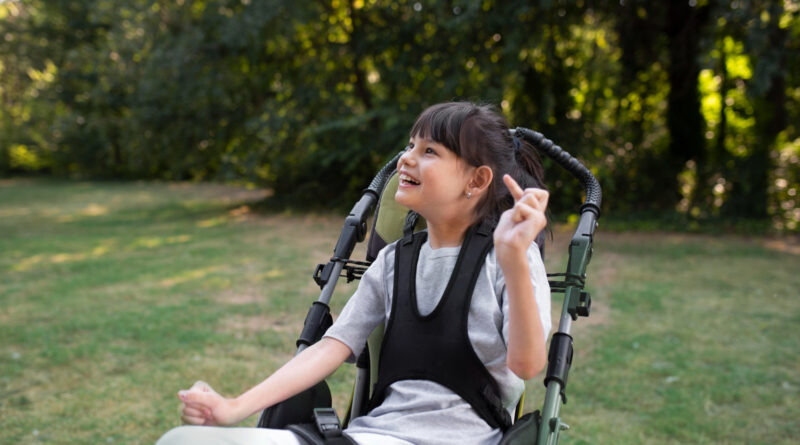Do You Know About These Different Types of Cerebral Palsy?
Cerebral palsy is a disorder affecting the brain and nervous system that slows a person’s movements, causes muscle spasms and stiffness, and sometimes interfere with basic functioning. People with cerebral palsy can also be diagnosed with one or more secondary disabilities, such as intellectual impairment, blindness, or low vision in both eyes. They are hearing impairment in both ears or having restricted trunk mobility due to contractures. Cerebral palsy is one of the most common and serious birth injuries that is caused by negligence.
Spastic-Interaction (Spastic)
As the name implies, people with Spastic-Interaction cerebral palsy have intense muscle spasms (spasms), which may be so severe that they can’t walk or perform other fine motor functions. They tend to spasm when they try to move their body parts or when they try to grasp something.
Spastic-Interaction cerebral palsy affects around 5% of those with the disorder and is usually seen early. It is about twice as common in boys than in girls. Some researchers have suggested that this type of cerebral palsy is caused when a baby’s nerve cells and muscles are damaged during delivery. However, permanent damage doesn’t happen to the nerve cells or muscles in the first weeks after birth. It usually starts sometimes around three months old.
Athetoid (Athetoid)
Athetoid cerebral palsy involves having trouble with muscle tone, which is caused by a loss in the voluntary control of muscles. It also causes awkward and jerky movements. Athetoid cerebral palsy is the most common form of cerebral palsy, affecting about 15% of those with the disorder. Athetoid cerebral palsy usually appear before age one. Like other forms of cerebral Palsy, Athetoid cerebral palsy can be very severe and limited in its activities compared to a person without cerebral palsy.
Ataxic (Ataxic)
People affected by Ataxic cerebral palsy have poor coordination but do not have significant muscle spasms. Instead, they might have problems with balance or lack of muscle coordination (particularly with the arms and legs). This can cause a person to trip or lose their balance and fall. Ataxic cerebral palsy is the least common form of cerebral palsy, affecting about 4% of those with it. It usually appears at birth or during infancy. Many children with ataxic cerebral Palsy have average intelligence and can live independent lives as adults.
Unclassified/Mixed (Unclassified)
People with Unclassified cerebral palsy have movement problems that are incompletely understood. They usually have impaired coordination but don’t have severe muscle spasms or other issues. Diagnosing the cause of Unclassified cerebral palsy is complex, and it is unknown if it involves any single disorder or a combination of diseases. Because so little is known about Unclassified cerebral palsy, it is often listed as an “other” condition in statistics about cerebral palsy. It affects about 1% of those who have the disorder.
Out of the approximately 18,000 people in the United States who have cerebral palsy, about 16,000 have Spastic cerebral palsy, 1,500 have Athetoid cerebral palsy, 600 have Ataxic Cerebral Palsy, and 100 have Unclassified cerebral palsy. The number of people with cerebral Palsy has risen to this level from an estimated 12.5 million in 2000 because of advances in diagnostic technology and an increase in newborn screening programs for infants with the disorder.

